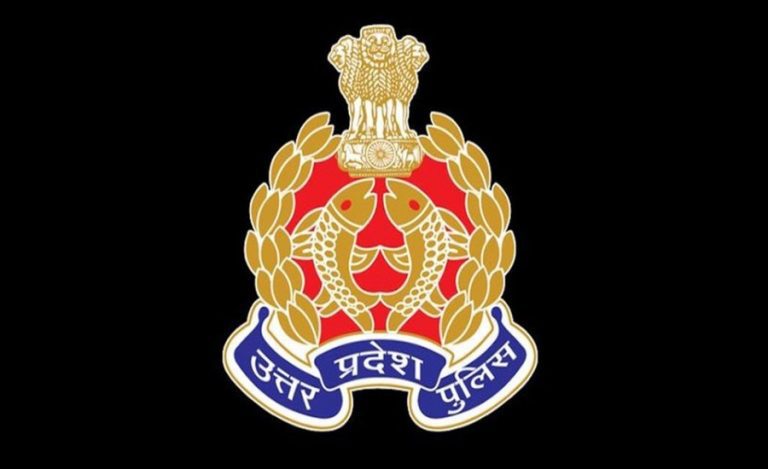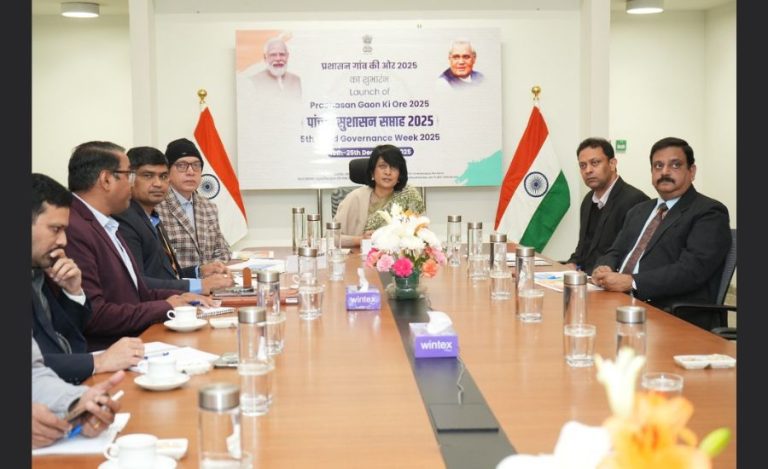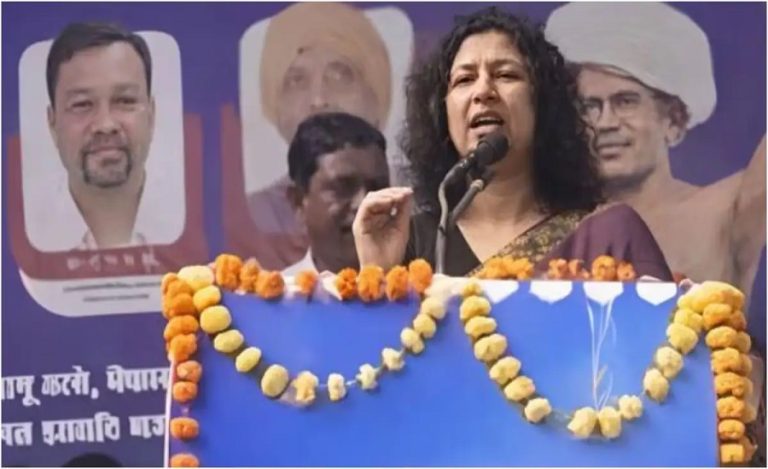The Gujarat government, in collaboration with the Directorate of Census of Gujarat, Dadra and Nagar Haveli, and Daman and Diu, has launched a user-friendly digital portal designed to provide seamless access to census-related information. The website features modern navigation, multilingual functionality, and intuitive tools aimed at empowering citizens to participate actively in the upcoming Census 2027.
Chief Minister Highlights Alignment with National Development Vision
Speaking on the launch, Chief Minister Mr. Bhupendra Patel emphasized that the initiative aligns with Prime Minister Narendra Modi’s vision of balanced development through effective implementation of welfare schemes. “Jan Ganana se Jan Kalyan is more than a tagline; it is a roadmap to ensure inclusive growth,” said Mr. Patel. He added that the digital platform will strengthen citizen engagement and governance transparency in line with this vision.
Census 2027 to be Fully Digital for the First Time
For the first time in India, Census 2027 will be conducted entirely in digital mode using a mobile application. The new system also introduces a self-enumeration feature, allowing citizens to securely submit their personal and household information online. This pilot feature will initially be tested in selected districts, ensuring accurate and secure data collection.
Pilot Testing in Key Districts Across Gujarat
State Census Director Mr. Sujal Mayatra informed that pre-tests for Census 2027 have been successfully conducted in 133 blocks under the Surat Municipal Corporation, 70 blocks across 26 villages in Devgadhbaria taluka of Dahod district, and 60 blocks across 25 villages in Tankara taluka of Morbi district. The pilot phase is scheduled to run from November 10 to 30, allowing officials to fine-tune the digital processes before statewide implementation.
Enhancing Governance Through Technology
The introduction of this portal represents a major step in digitizing government processes and ensuring citizen-centric governance. By leveraging technology, the state aims to reduce administrative bottlenecks, enhance transparency, and provide reliable data for policy planning and welfare schemes. Officials highlighted that the feedback mechanisms embedded in the portal will help in real-time monitoring of citizen submissions and improve service delivery efficiency.
Also Read: Gujarat’s Lift Pipeline Revolution: Over 1.39 Lakh Acres of Tribal Farmland Brought Under Irrigation



























